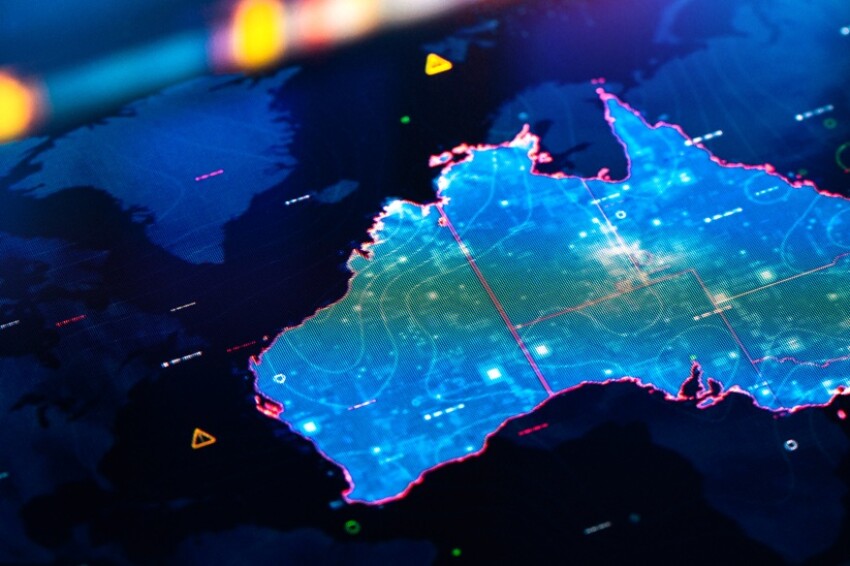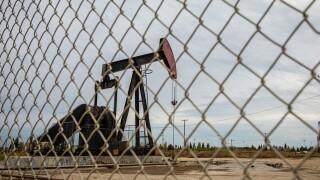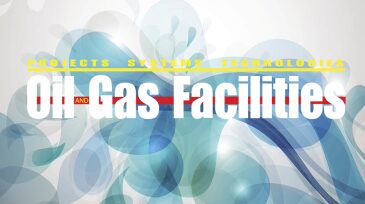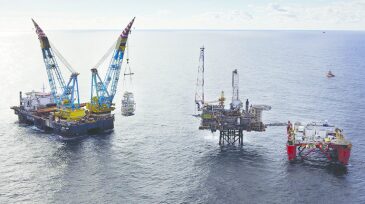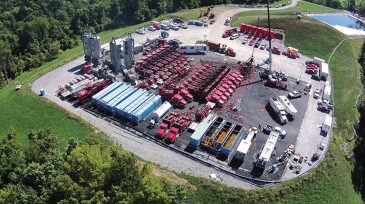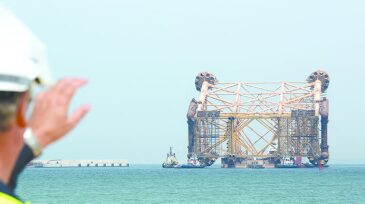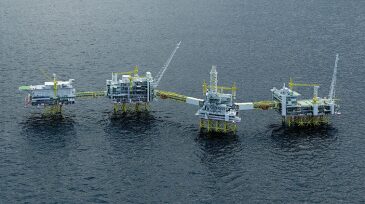Onshore/Offshore Facilities
Estimates commissioned by the Australian government suggest that increasing efficiency will lower costs for decommissioning offshore Australia.
This paper introduces an AI-driven digital fencing system designed to boost security in oil and gas fields. The main objectives are to improve security and safety of oil and gas facilities while addressing the limitations of legacy physical barriers, reducing false alarms, and eliminating the dependability on the grid in favor of renewable energy.
The contract will cover the design and manufacturing of tree systems, flexible flowlines, a manifold, and controls, as well as installation of the subsea production system.
-
In its fifth year, the Separations Technology Technical Section has grown to more than 1000 members. The new section chair provides his perspective on what the future holds.
-
Failure of a dry-gas seal in the compressor can result in plant outage and considerable revenue loss to the operating company. This paper discusses design considerations to minimize risk of failure.
-
There is no shortage of ideas for reducing the cost and risk of offshore oil and gas developments. The hard part is implementing them in an industry where they require changes in long-standing habits, corporate cultures, and some new technology.
-
In a down market, plugging and abandoning North Sea wells looks like an opportunity. The cost for operators is reduced because the government is paying more than half of the cost of the work, and many service companies hungry for work are offering discounts.
-
Active slug-control methods have been developed in recent years. One such system is a relatively inexpensive solution developed by Shell that has proved to be very effective in stabilizing slugging in flowlines and risers.
-
As subsea electric lines age, they are prone to cracks that allow seawater in, reducing their effectiveness, and if the leaks are bad enough, they can shut down operations.
-
Conventional wisdom implies that natural-gas demand will continue to grow, especially in locations where coal is being phased out, nuclear growth has slowed/reversed, and renewables remain a small and intermittent energy source for the foreseeable future.
-
While the collapse in oil price is reshaping opinions about the North American shale revolution and the outlook for oil producers, natural gas producers in the United States are in a somewhat different position
-
The global industry is feeling the pain of the oil price plunge, but the UK feels it more acutely. Exploration drilling is at rock bottom levels, the offshore UK Continental Shelf is one of the world’s most expensive from which to produce a barrel of oil, and investment spending is expected to fall.
-
Statoil is going to work to put its enormous Johan Sverdrup discovery into production, showing that even one of the most explored parts of the North Sea still has significant potential.

